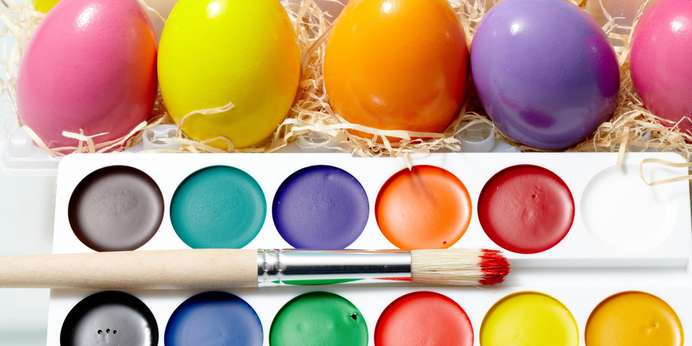
What colors work well together, and how do you choose the right combinations to match different hues? You may be surprised to learn that there is actually a science behind color matching and which colors work best together. Knowing how to match colors can aid with a variety of industrial and design applications. Explore our color matching guide to learn more.
Color Matching and Color Theory
Color theory provides an organizational structure for mixing and matching colors accurately. Essentially, color theory is a set of guidelines that use accumulated observations of human perception and psychology to identify color combinations that evoke different observer responses.
When you use color matching, you’re able to combine hues that create a pleasing aesthetic for viewers. Some critical elements for effective matching include an eye-catching contrast and the right vibrancy to evoke emotion. You’ll want to pay attention to how different selections across the color wheel can create the desired emotional and psychological response from your audience.
Primary Colors
The color wheel includes three primary colors foundational to other hues — red, blue and yellow. These three colors will always harmonize and are classic colors that work with many different designs. Eye-catching and bold, they create a vibrant visual effect. Two primary colors together will look bold yet sophisticated, and all three together can look cheerful and energetic.


